Sushi chains Sushiro and Kyotaru combine to make fishy megastore, but we spot major oversight
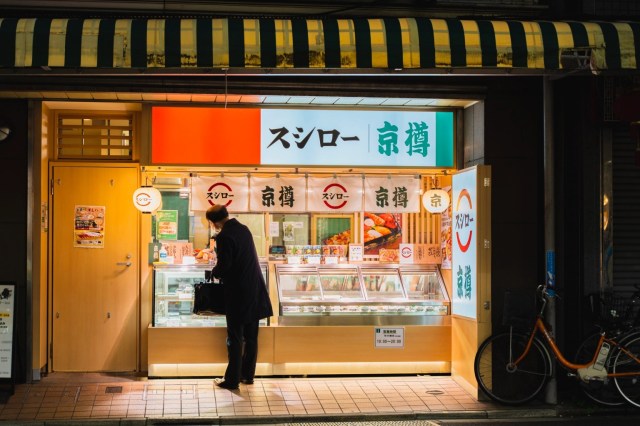
Two popular sushi chains for the price of one?
Our Japanese-language reporter Tasuku Egawa was taking a leisurely evening stroll around Tokyo’s Araiyakushi-Mae neighbourhood recently when he spotted something quite unusual. At a quick glance, he’d spotted what appeared to be one of the new standalone takeout branches of Sushiro, one of Japan’s most popular conveyor belt sushi restaurant chains, but when he looked closer he spotted another name on the sign — Kyotaru, another sushi chain.
This wasn’t just an accident, either; after a quick Google search, Tasuku learned these two branches have been integrated into a single store since July 7, 2021, with more Sushiro-Kyotaru branches being planned in the future.
What was going on here? Had Sushiro and Kyotaru combined their powers to make a Super Sushi Store? Would there be some sort of exclusive Sushiro x Kyotaro sushi that you could only find here?
Well, not quite. In fact, the two stores seemed to share the same roof… and that was about it. Nothing about the store suggested any kind of collaboration between the two chains — in fact, there were even specific Kyotaru and Sushiro zones within the shop itself.
▼ The green zone on the left belongs to Kyotaru, with the red zone on the right being Sushiro’s area
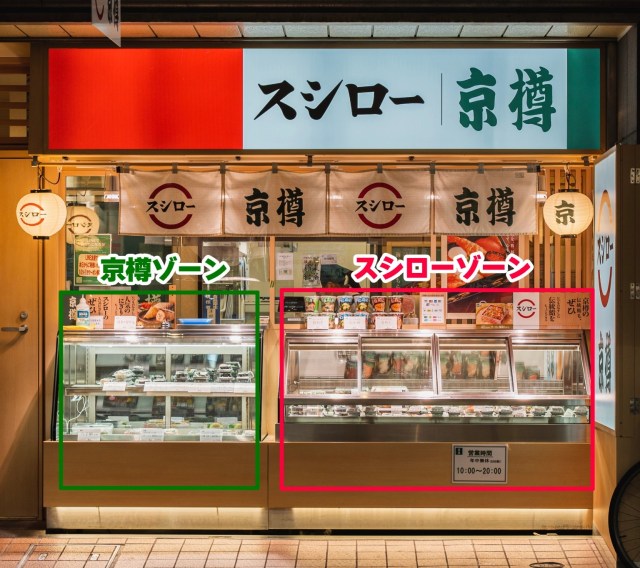
That struck Tasuku as quite odd. Usually when two well-known brands get together, there’s some sort of collaborative product, like the time Hello Kitty collaborated with Yoshiki and decked herself out in his rock and roll line of kimonos. Could it really be considered a collaboration if there isn’t some sort of crossover product? Maybe by using some ingredients from both shops to make an original sushi only found at these Sushiro-Kyotaru stores?
▼ These were the Kyotaru sushi on offer…
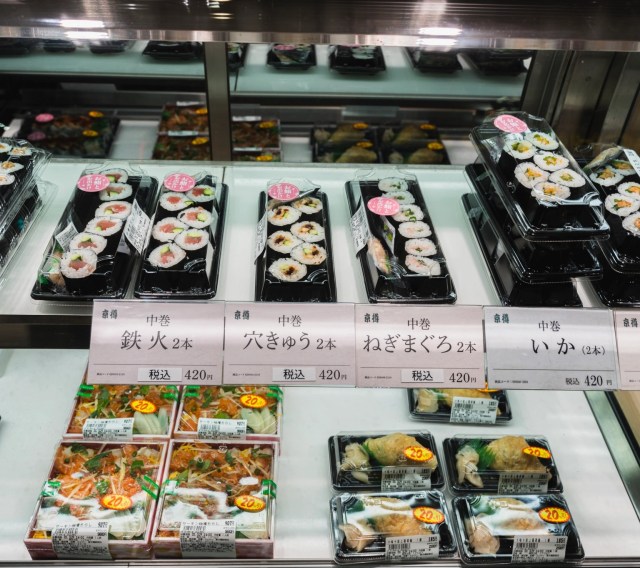
▼ … with the Sushiro offerings in the zone to the right.

The sushi on offer, in addition to the labelling and prices, seemed to suggest absolutely zero crossover between the two stores. They were entirely segregated, like the wall of Jericho was running through the shop. Tasuku’s dream of having a sushi collaboration for dinner came tumbling down.
But while the lack of crossover between the stores had left Tasuku feeling disappointed, there were certainly some good points about the two stores coming together. The sushi available in each zone was almost completely different, meaning you could enjoy an even wider range of sushi than normal. Tasuku decided to grab some Kyotaru Traditional Chakin Sushi, which cost 220 yen (US$1.80).
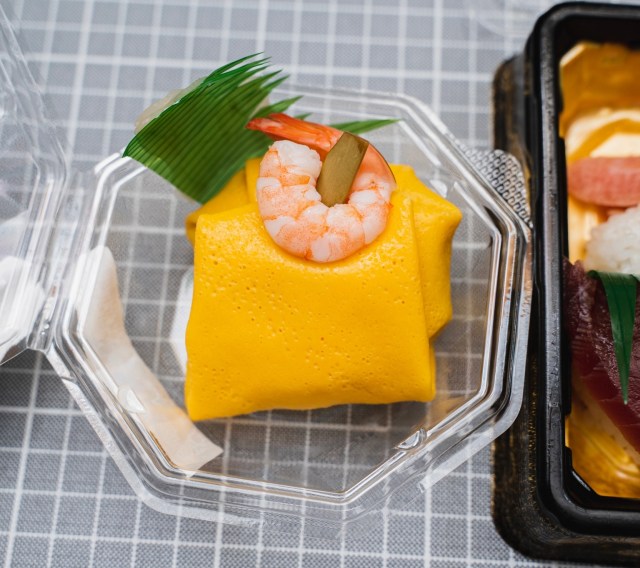
And from the Sushiro side, Tasuku went for some Natural Indian Tuna Sushi (1,090 yen / US$8.90), as Sushiro are famous for their good tuna sushi.
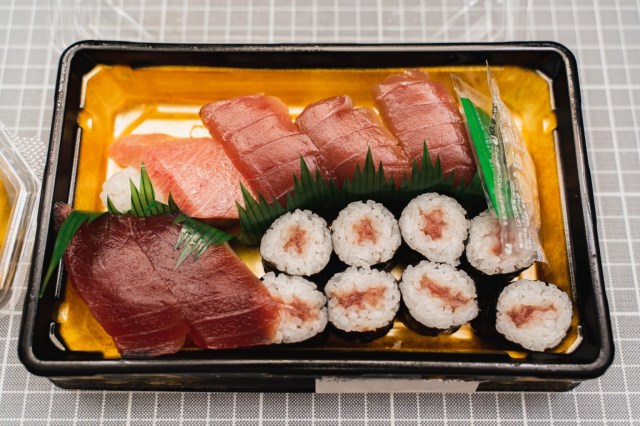
So while there were no crossover products, it was nice to be able to have a wider variety of sushi to choose from. Tasuku really likes Chakin Sushi, but Sushiro doesn’t sell any, so he was able to enjoy the best of both chains.
But as Tasuku was scanning both menus thoroughly, he spotted just one type of sushi that was available from both Kyotaru and Sushiro — negi maguro (tuna with green onions) sushi.
▼ Kyotaru’s Negi Maguro sushi (middle, below) cost 420 yen (US$3.43)
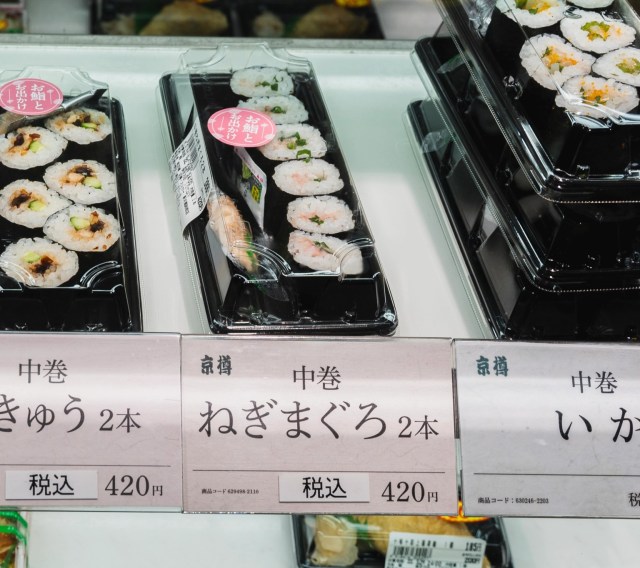
▼ Sushiro’s Negi Maguro was a bit pricer at 500 yen ($US4.09)
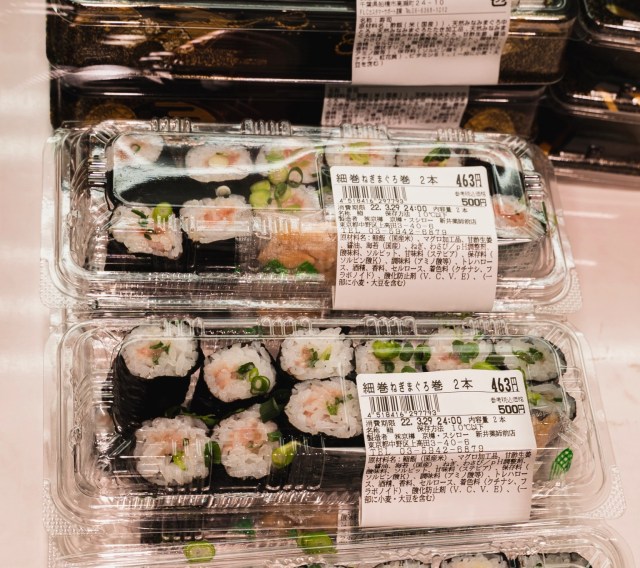
Here was a rare chance to compare both sushi chains in one go, so Tasuku purchased both and tucked in. And if he were being completely honest, he couldn’t find any real discernible difference between the two; if he were being picky, maybe the Sushiro sushi had slightly more green onions than its Kyotaru counterpart, but that was about it.
▼ Sushiro’s Negi Maguro is certainly not lacking in green onions!
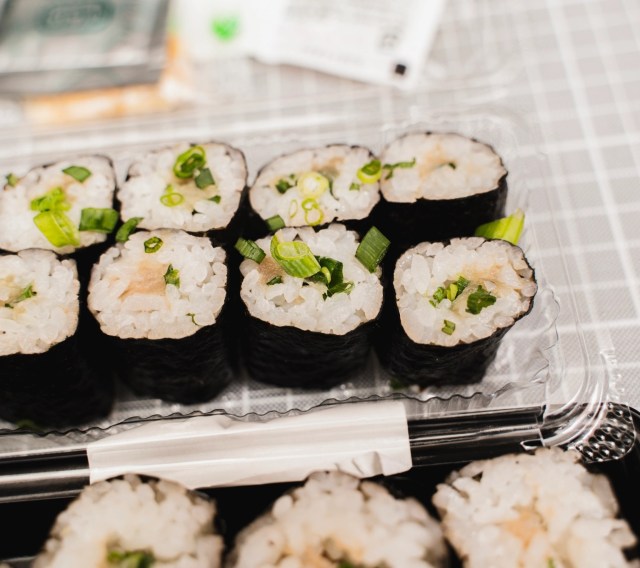
There was definitely a difference between the packets of soy sauce, though — in looks and in taste!
▼ Kyotaru’s soy sauce had a strong salty taste.
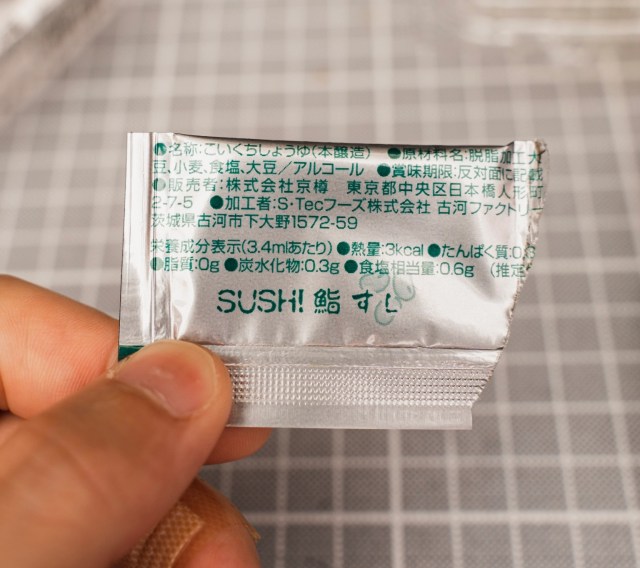
▼ Sushiro’s soy sauce was much milder and sweeter.
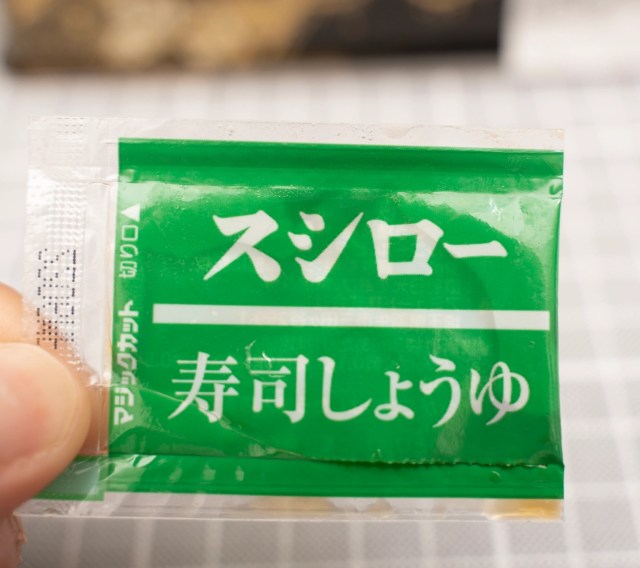
The pickled ginger used between sushi to cleanse your tastebuds was also quite different, with the Sushiro ginger being pickled in what tasted like a sweet vinegar, which made it easy to eat. Kyotaru’s ginger was punchy and full of flavour, like it was trying to reset your tastebuds in an instant.
▼ Sushiro’s ginger (top) was mild in comparison to Kyotaru’s ginger.
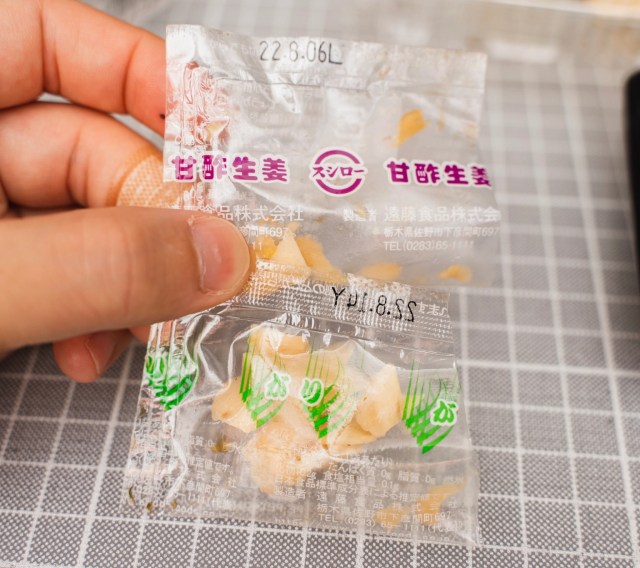
But in terms of actual sushi, there wasn’t really much difference in taste between the two chains. Perhaps that’s why they decided to team up and sell their wares under the same roof, Tasuku pondered. Maybe they didn’t want to have anyone comparing them, or maybe they wanted to avoid competing against each other. Regardless of the reason, Tasuku couldn’t help but feel like they missed out on a golden opportunity to combine their resources and make a special collaboration sushi.
In the meantime, Tasuku will continue scouring the culinary world for some unique pairings — like this time Domino’s decided to ‘collaborate’ with British cuisine to make a fish and chips pizza.
Images: ©SoraNews24
● Want to hear about SoraNews24’s latest articles as soon as they’re published? Follow us on Facebook and Twitter!
Credit:

0 comments: